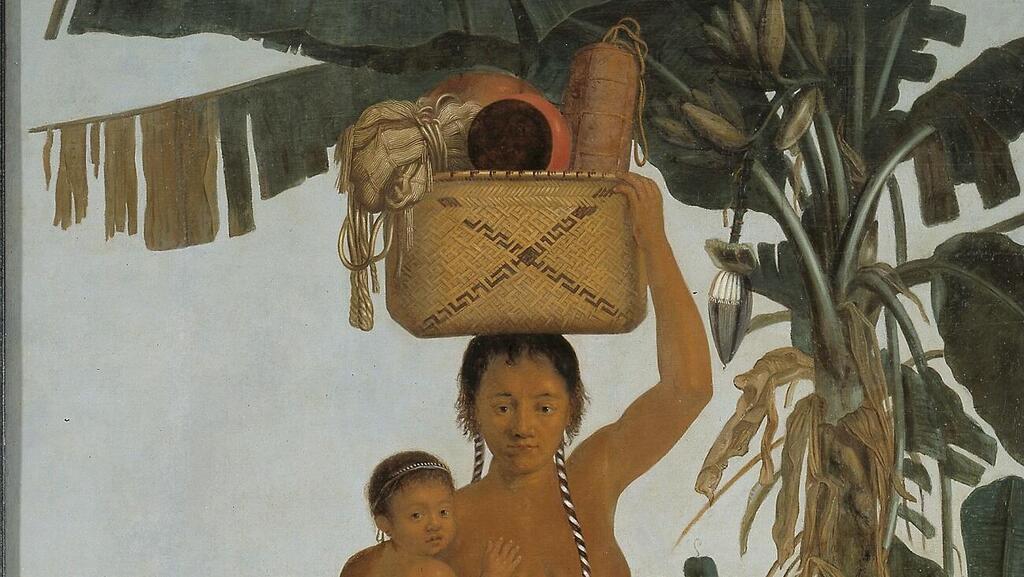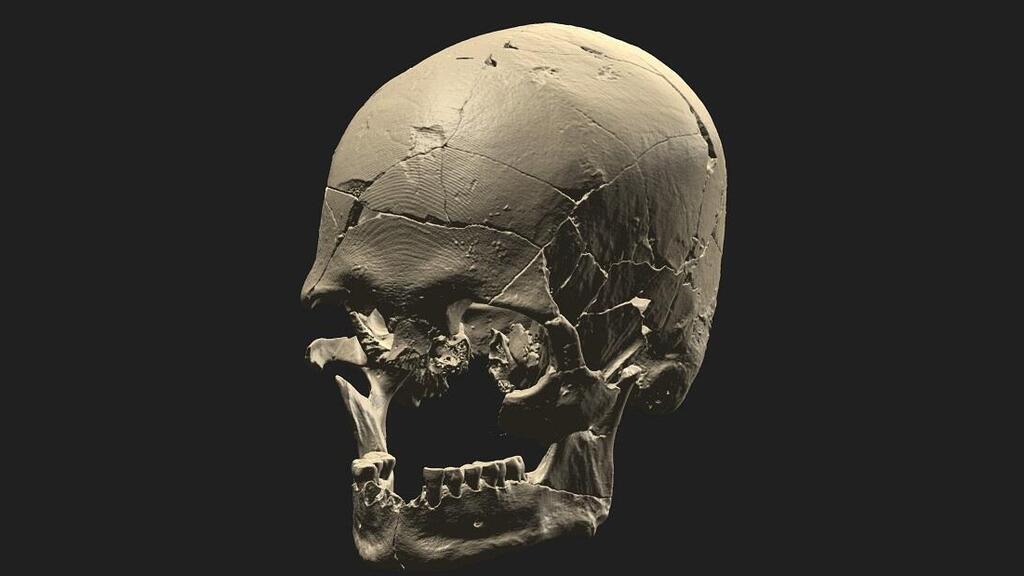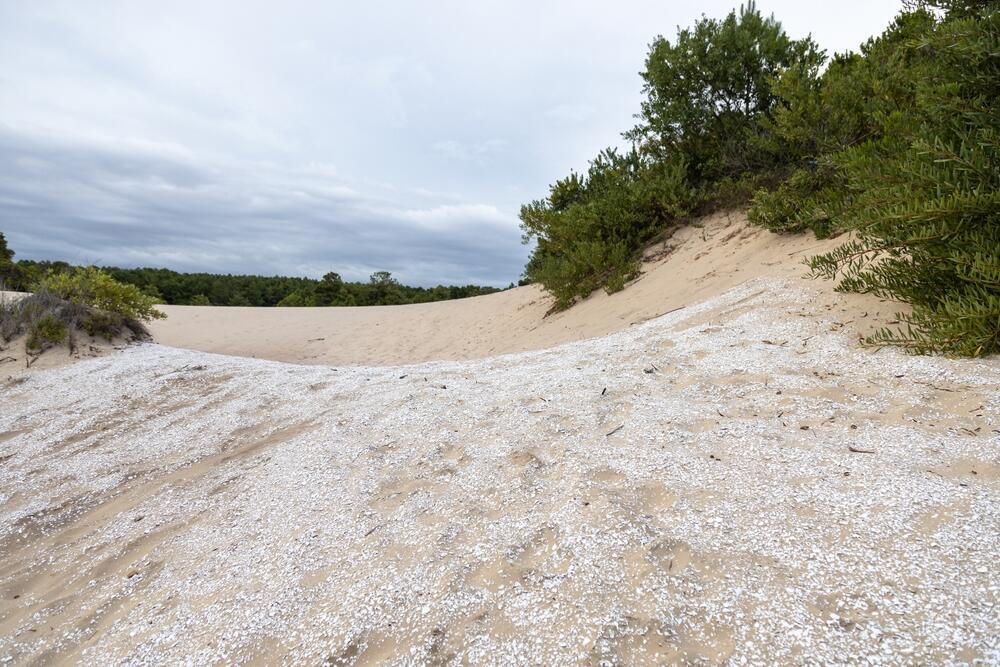Luzio, the oldest human skeleton found in Sao Paulo, Brazil, was a descendant of a very early human population that settled in the Americas at least 16,000 years ago. Eventually, the indigenous peoples of today, such as the Tupi - one of the central native tribal groups in Brazil - along with the closely related Guarani people, emerged from this ancient population.
More stories:
A recent study published in the Nature Ecology & Evolution journal, based on the largest collection of archaeological genomic data from Brazil, provides an explanation for the disappearance of the ancient coastal communities.
These communities created the sambaquis - great hillocks primarily made of mollusk shells, which hold archaeological significance due to the crucial insights they provide into the dietary habits and customs of these early peoples, up until the moment of European colonization.
"After the Andean civilizations – which were civilizations that developed along the South American Andes Mountains - the Atlantic coast sambaqui builders were the human phenomenon with the highest demographic density in pre-colonial South America,” said Professor André Menezes Strauss, an archaeologist at the Museum of Archaeology and Ethnology at the University of Sao Paulo and the study's co-author.
“They were the ‘kings of the coast’ for thousands and thousands of years. They vanished suddenly about 2,000 years ago," he added.
Researchers analyzed the genomes of 34 skeletons from four different regions along the coast of Brazil, which dated back at least 10,000 years ago.
One of the analyzed remains was that of Luzio, the earliest known skeleton found in Sao Paulo, where it was discovered in the Capelinha River in the Ribeira de Iguape River Valley by a research team led by Professor Levy Figuti from the Museum of Archaeology and Ethnology at the University of Sao Paulo.
3 View gallery


Tupi woman and child as illustrated by Albert Eckhout in 1641
(Illustration: Wikipedia)
The morphology of Luzio's skull is similar to that of the Luzia Woman, the oldest known human fossil found in South America, dating back about 13,000 years.
In fact, the names given to Luzio and Luzia are diminutive forms of "Lucy" – a hominin skeleton dated to about 3.2 million years ago, belonging to the Australopithecus afarensis species, found at an archaeological site in the Lower Awash Valley in Ethiopia.
Initially, researchers believed that Luzio belonged to a biologically distinct population, separated from the indigenous peoples of present-day Americas, who settled in what is now Brazil around 14,000 years ago. They were wrong, however.
“Genetic analysis showed Luzio to be an Amerindian, like the Tupi, Quechua or Cherokee. That doesn’t mean they’re all the same, but from a global perspective they all derive from a single migratory wave that arrived in the Americas not more than 16,000 years ago," Strauss explained.
“If there was another population here 30,000 years ago, it didn’t leave descendants among these groups,” he added.
Genetic analysis revealed heterogenic communities with cultural similarities but significant biological differences, especially between coastal communities in the southeastern and southern regions of Brazil.
“Studies of cranial morphology conducted in the 2000s had already pointed to a subtle difference between these communities, and our genetic analysis confirmed it,” Strauss said.
“We discovered that one of the reasons was that these coastal populations weren’t isolated but ‘swapped genes’ with inland communities. Over thousands of years, this process must have contributed to the regional differences between sambaquis,” he explained.
Trying to explain the mysterious disappearance of this coastal civilization, which includes the first hunter-gatherer group of the Holocene, DNA analysis clearly showed that, unlike the complete population replacement seen in the European Neolithic transition, what occurred in the Americas was a process of a cultural shift – replacing the shell middens with ones made of pottery.
“This information is compatible with a 2014 study that analyzed pottery shards from sambaquis and found that the pots in question were used to cook not domesticated vegetables but fish. They appropriated technology from the hinterland to process food that was already traditional there,” Strauss said.



